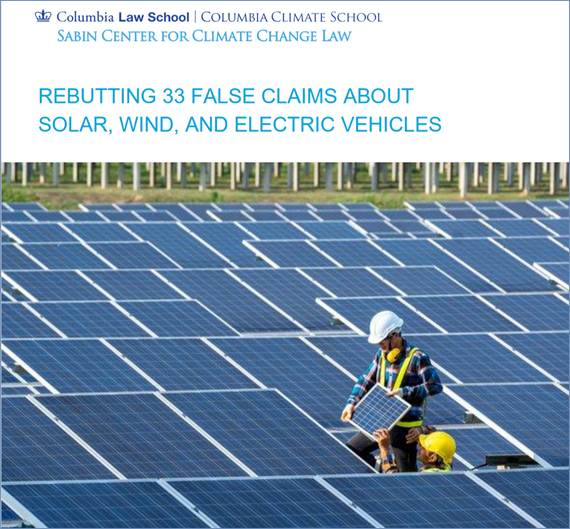Geosciences, Vol. 13, Pages 195: Groundwater Quality Variations in Multiple Aquifers: A Comprehensive Evaluation for Public Health and Agricultural Use
Geosciences doi: 10.3390/geosciences13070195
Authors: Jeerapong Laonamsai Veeraphat Pawana Phupha Chipthamlong Phornsuda Chomcheawchan Kiattipong Kamdee Bounhome Kimmany Phongthorn Julphunthong
Understanding hydrological and hydrochemical processes is crucial for the effective management and protection of groundwater resources. This study conducted a comprehensive investigation into hydrochemical processes and variations in groundwater quality across five distinct aquifers in Phra Nakhon Si Ayutthaya, Thailand: Bangkok (BKK), Phra Pradaeng (PPD), Nakhon Luang (NKL), Nonthaburi (NTB), and Sam Khok (SK). Utilizing various diagrams, the findings revealed that high levels of sodium and salinity in shallow aquifers (BKK and PPD) were found which can impede soil permeability and have potential consequences on crop yields. The presence of four distinct types of groundwater—Na-Cl, Na-HCO3, Ca-Cl, and Ca-HCO3—suggests the influence of rock weathering, mineral dissolution, and ion exchange reactions with the surrounding geological formations, controlling the chemistry in the groundwater basin. The research also highlights concerns regarding groundwater quality, particularly elevated concentrations of heavy metals (e.g., Zn, Hg, Pd, Fe, and Mn) exceeding safe drinking water guidelines established by the World Health Organization (WHO) in certain samples. The evaluation of water suitability for consumption and irrigation using the Water Quality Index (WQI) and Wilcox diagram reveals a predominance of “poor” or “unsuitable” categorizations. Untreated sewage discharge and fertilizer usage were identified as the primary anthropogenic activities affecting hydrochemical processes in groundwater. These findings emphasize the need for continuous monitoring, appropriate management, and remediation efforts to mitigate potential hazards.

 1 year ago
35
1 year ago
35

